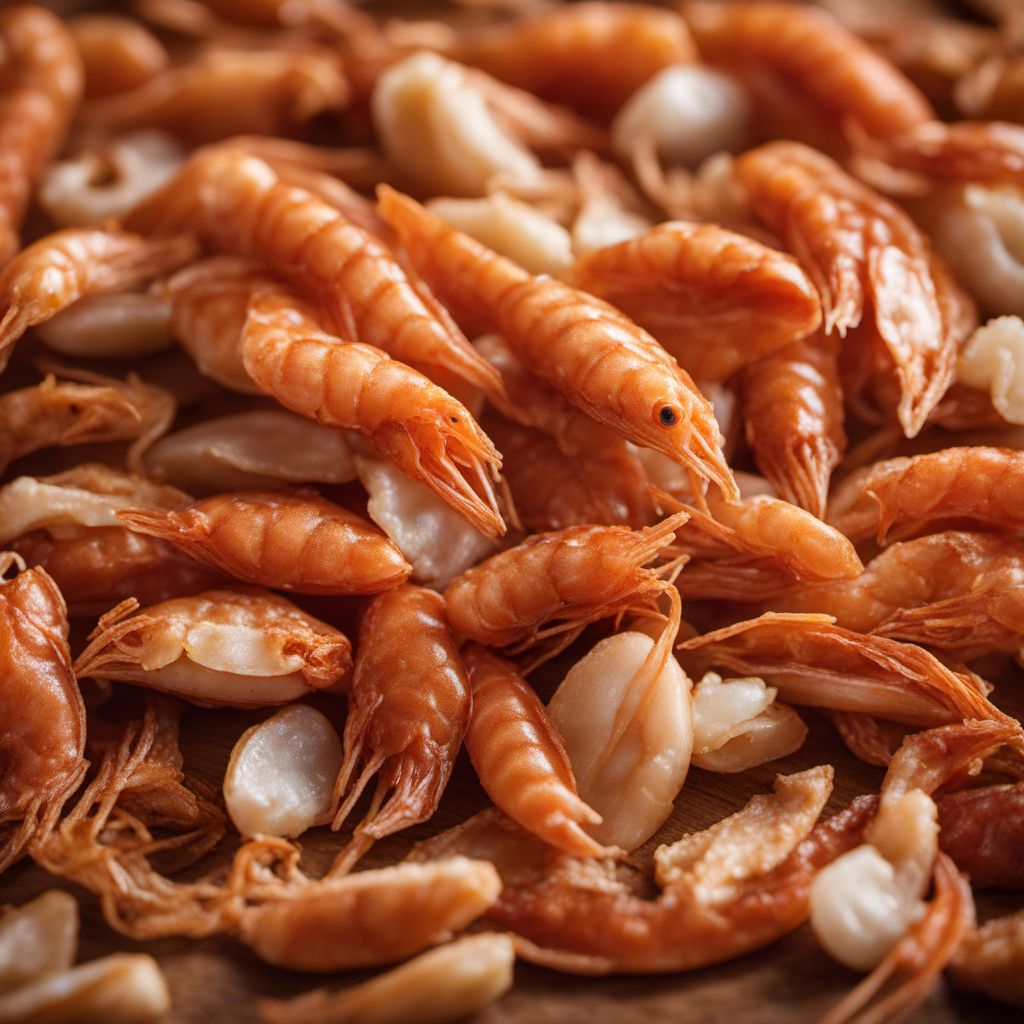
Ingredient
Dried seafood
The Essence of Umami: Dried Seafood
Dried seafood, such as dried shrimp, anchovies, and squid, undergoes a drying process that intensifies their flavors and concentrates their umami taste. They are often used as a seasoning or ingredient in soups, stews, stir-fries, and sauces, providing a rich and savory depth to the dish. The texture of dried seafood can vary from chewy to crispy, depending on the specific type.
Origins and history
Drying seafood has been practiced for centuries as a method of preservation, particularly in coastal regions where fresh seafood may not be readily available year-round. In Asian cultures, dried seafood holds cultural significance and is often used in traditional dishes and medicinal preparations. It has been a part of culinary traditions in countries like China, Japan, and Thailand for centuries.
Nutritional information
Dried seafood is a good source of protein, vitamins, and minerals. It is low in fat and calories, making it a nutritious addition to meals. However, the sodium content can be high, so it should be consumed in moderation for individuals on a low-sodium diet.
Allergens
May contain shellfish and fish allergens.
How to select
When selecting dried seafood, look for products that are whole, intact, and free from signs of spoilage, such as mold or off-putting odors. The seafood should be dry and not overly brittle. Opt for reputable brands or sources to ensure quality and freshness.
Storage recommendations
To maintain the freshness and quality of dried seafood, store it in an airtight container in a cool, dry place away from direct sunlight. Proper storage helps prevent moisture absorption and extends the shelf life of the product.
How to produce
Dried seafood is typically produced through a process of sun-drying or air-drying. While it can be challenging to replicate the drying process at home, adventurous cooks can experiment with drying small quantities of seafood using a food dehydrator or by air-drying in a well-ventilated area.
Preparation tips
Dried seafood can be soaked in water or broth to rehydrate before use, or it can be added directly to soups, stews, stir-fries, and sauces. It imparts a rich umami flavor to dishes and pairs well with ingredients like mushrooms, soy sauce, and ginger. Use it sparingly as a seasoning due to its concentrated taste.
Culinary uses
Dried seafood is commonly used in Asian cuisines, particularly in dishes from China, Japan, Korea, Thailand, and Vietnam. It is a key ingredient in dishes like Chinese dried scallop congee, Japanese dashi broth, Korean seafood pancakes, Thai tom yum soup, and Vietnamese fish sauce.
Availability
Commonly available in Asian markets and specialty stores.
More ingredients from this category
Recipes using Dried seafood » Browse all
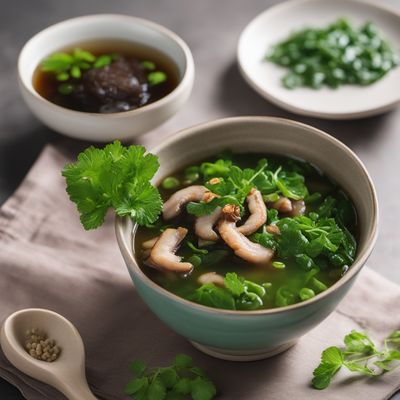
Fujian-style Watercress Soup
Fujian's Delightful Watercress Medley
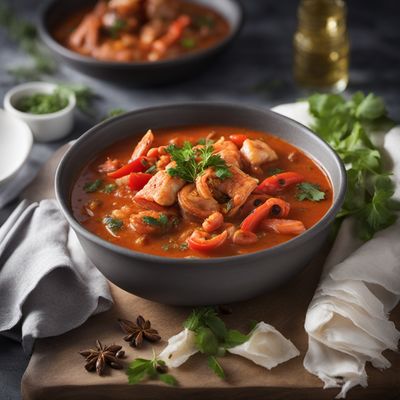
Virgin Islands Seafood Stew
Tropical Delight Seafood Stew
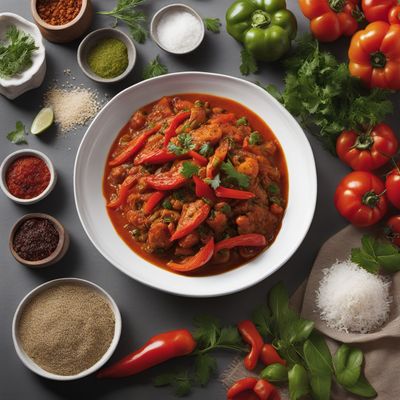
Cape Verdean Bandel Karang
Savory Seafood Delight: Cape Verdean Bandel Karang

French-inspired Sushi Rolls
Sushi à la Française

Homemade Sushi Rolls
Roll Your Own Sushi: A Step-by-Step Guide

Vegan Sushi Rolls
Plant-Based Sushi Delight

Croatian Seafood Stew
Savor the Flavors of the Adriatic: Croatian Seafood Stew
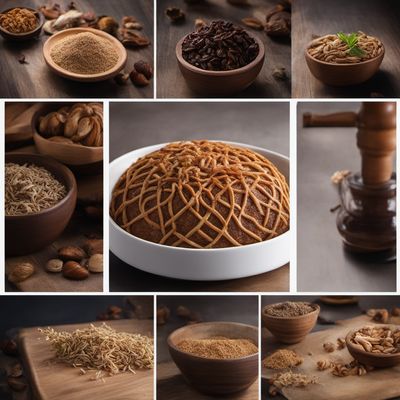
Putian-style St. Galler Brot
Savory Putian Delight: A Fusion of Swiss and Putian Cuisine

Homemade Spicy XO Sauce
Fiery Fusion: Homemade Spicy XO Sauce

Fujian-style Rice Porridge with Beer
Fujian's Flavorsome Rice Porridge Infused with Beer

Vegetarian Sushi Rolls
Rolling in the Greens: Vegetarian Sushi Rolls
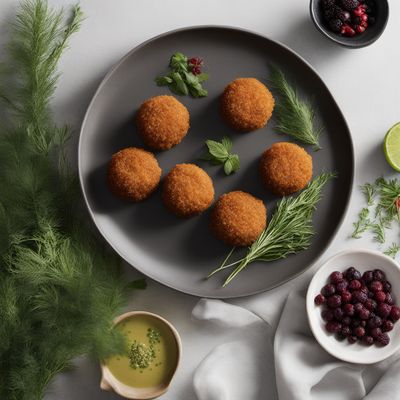
Inuit-inspired Arctic Rice Balls
Savory Arctic Delights: Inuit-inspired Rice Balls with a Twist
